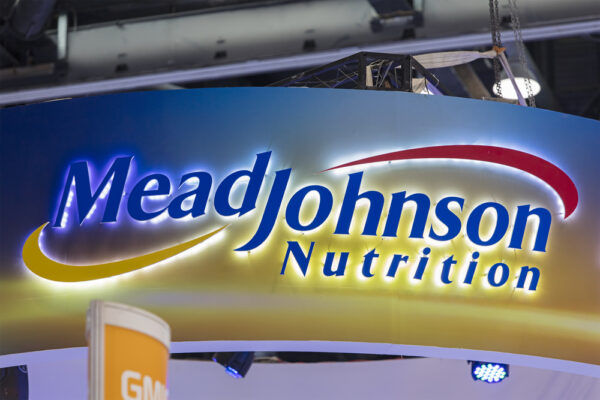Artificial hip maker, Stryker Corp., said in October it could spend between $700 million and $1.13 billion to resolve litigation over recalled hip implants. Stryker recalled two devices – the Stryker Rejuvenate and Stryker ABG II hip implant systems – because of dangerous safety defects that cause corrosion of the metal implants, which can lead to painful side effects including metallosis and tissue damage. About 20,000 of the recalled devices were implanted into patients in the United States.
This week, the company announced it had settled four suits over the defective devices (of between 500-1000 lawsuits filed across the country). In April, the parties agreed to a mediation schedule in an attempt to resolve the large number of lawsuits. Since then, six cases have been mediated with four reaching a settlement.
“We had a nice variety of plaintiffs, different types of injuries, and through the cooperation of counsel, with the good efforts of our retired jurists, the matters have been resolved,” Judge Martinotti said at a case management conference Monday, according to a court transcript. “I dare say this is probably one of the few times that mediation has brought a resolution this early in a litigation.”
“I think it’s in everyone’s best interests to resolve these cases at this stage rather than years and years of protacted litigation and, hopefully, this can form the basis moving forward of additional settlements,” Judge Martinotti said.
– Greg Ryan at Law360.com
The news of the Stryker hip settlements comes just weeks after Johnson & Johnson announced the terms of settlement involving its DePuy ASR metal-on-metal hip devices. Johnson & Johnson has offered nearly $2.5 billion to settle approximately two-thirds of the lawsuits (8,000 out of 12,000 suits) over its defective ASR artificial hip systems.
Stryker and DePuy aren’t the only manufacturers with metal-on-metal hip problems. Regardless of the manufacturer, all metal-on-metal hips suffer from the same basic defect: the metal components grind against each other and release toxic metal particles into the body. Other active defective hip litigation includes:
- DePuy Pinnacle – US District Court, Northern District of Texas (Dallas Division), MDL No. 2244
- Biomet M2A Magnum – US District Court, Northern District of Indiana (South Bend Division), MDL No. 2391
- Wright Conserve and Wright Profemur Total Hip Systems – US District Court, Northern District of Georgia, MDL No. 2329
- Smith & Nephew R3 Acetabular System and BHR (Birmingham) Total Hip Replacement
As the New York Times reported in 2011, the results of the defective hips are gruesome:
“As surgeons here sliced through tissue surrounding a failed artificial hip in a 53-year-old man, they discovered what looked like a biological dead zone. There were matted strands of tissue stained gray and black; a large strip of muscle near the hip no longer contracted.”
The Times cited a New England Journal of Medicine study that found that metal-on-metal artificial hips failed at 3 times the rate of other artificial hips. The problems have gotten so bad, the FDA ordered an in-depth study of metal-on-metal artificial hip systems. However, the FDA is leaving it up to each individual manufacturer how to conduct its study.
Remarkably, most medical devices recalled by the FDA in recent years because of deaths or life-threatening problems were approved under less stringent regulations that did not require human testing — meaning the devices were never tested in human patients before being implanted into hundreds of thousands of people.
Making matters worse, not only are these devices not properly tested, but the hip manufacturers pay doctors to actively promote the defective products. DePuy, alone, paid more than $80 million to doctors across the country to promote, research, and consult on DePuy’s defective hips.
© Copyright 2013 Brett A. Emison
Follow @BrettEmison on Twitter.

Brett Emison is currently a partner at Langdon & Emison, a firm dedicated to helping injured victims across the country from their primary office near Kansas City. Mainly focusing on catastrophic injury and death cases as well as complex mass tort and dangerous drug cases, Mr. Emison often deals with automotive defects, automobile crashes, railroad crossing accidents (train accidents), trucking accidents, dangerous and defective drugs, defective medical devices.













Comments for this article are closed.